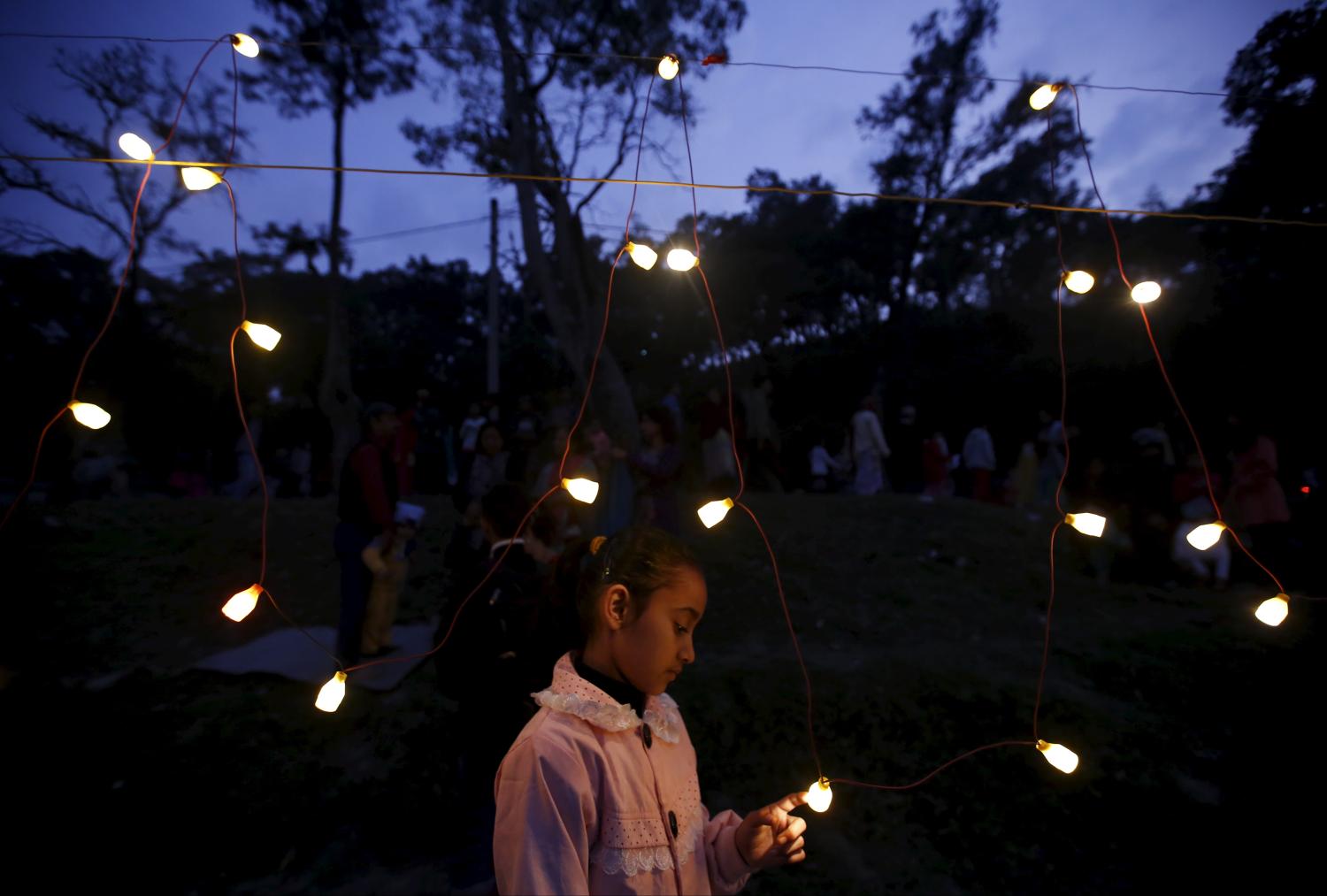Globally, around 1 billion children (nearly half of the world’s children) live in countries with extremely high risk of climate change disasters, with girls being more vulnerable to the impacts of climate change.
Although Bhutan ranks 111 out of 163 countries in terms of climate risk, Bhutanese girls and women experience the impacts of the climate crisis more acutely due to entrenched gender roles and responsibilities that affect access to and control over assets, skills training, and relevant information. That being said, Bhutan generally fares better than many other countries in the Global South in terms of education, gender, and climate change efforts.
This unique context provides an opportunity for climate literacy to have an even greater multiplier effect in Bhutan: With smart, targeted, and nuanced policy interventions aimed at developing climate literacy from a girl’s perspective. Girls sit at the intersection of education, gender, and the climate crisis, they would not only understand their influence on climate and climate’s influence on them and their society. They would also be able to leverage their agency toward positive action rather than simply being subject to external forces.
A case for gender-informed climate literacy in Bhutan
Guided by Gross National Happiness development philosophy, Bhutan continues to make remarkable progress in education and environmental conservation. Universal primary school enrollment is over 90%, with gender parity across all levels of education through tertiary, an outcome of Bhutan’s commitment to education for all. Environmentally, Bhutan has over 70% forest cover and is one of the few carbon-negative countries, with future commitments to maintain at least 60% forest cover and remain carbon neutral. However, despite Bhutan’s exemplary environmental stewardship, rising temperatures are exacerbating the melting of glaciers, leading to higher chances of glacial lake outburst flood (GLOF). This a real threat with devastating consequences to all life forms, livelihoods, and communities downstream in the valleys.
Commitments call for consistent actions. It is well documented that gender equity in climate change participation is essential to climate action. In Bhutan, there is a lack of girls and women participation in climate discussions and policymaking. Hence, if Bhutan wants to fulfill its commitments, it has to invest in empowered and gender-equal climate leadership. Targeting climate literacy from girls’ perspective in schools is a foundational steppingstone toward achieving gender parity in public and climate leadership.
Education and climate literacy from girls’ perspectives
While an increase in school enrollment indicates improved access to education, it does not always translate to quality and fit-for-purpose learning, especially within the context of climate change action. Gender-transformative climate literacy through the education system is imperative for the following reasons—both of which are opportunities for Bhutan to explore and innovate:
1. Girls’ development and well-being
Given their biological development needs in terms of food and nutrition as well as menstrual and reproductive health and well-being, when a climate disaster hits, girls are impacted more adversely in terms of health, mobility, and safety. For example, water shortages or lack of access to menstrual products leave girls more vulnerable, exposing them to further menstrual health threats and risks. Climate literacy brings forth an interdisciplinary view and approach that not only highlights and informs the authorities about the needs for gender- and climate-informed infrastructure and services, but also empowers, informs, and prepares girls to know where to get and how to give help.
2. Girls’ cultural and socioeconomic role and agency
Though Bhutan is a largely matrilineal and matrilocal society, gender stereotypes are deeply entrenched. Even though female family members inherit agricultural land and property, they do most of the work to care for and nurture the family and in most cases have no real control over the assets as male ownership (63%) is higher than female (32%). More often than not, women and girls have to bear the burden of inheritance of the family home and agricultural lands due to out-migration of men. Furthermore, agriculture employs 43% of the labor force, with higher participation of women (53.3%) than men (36.1%). Given the agricultural sector’s vulnerability to climate and gender, as well as the cultural, societal, and economic factors mentioned above, there is a compelling and strong case for climate literacy for girls, so they are better informed and prepared to deal with the impacts of climate change on their livelihoods.
Action is urgent
Investing in gender-transformative climate literacy is one opportunity for a climate-resilient future for Bhutan. As a 2023 Echidna Global Scholar, I will look into how climate literacy could be a foundational steppingstone for Bhutanese girls to lead climate-adapted and resilient lives while addressing the challenges previously mentioned. My work in literacy, women and youth empowerment, and climate actions adds further depth to complement the research. I will also explore how the Bhutan Education Policy, currently in a draft version, could be leveraged to guarantee climate literacy for girls and strengthen their agency in mitigation of and adaptation to climate change. I will do this by:
- Understanding what is taught and learned in terms of climate change in Bhutanese schools.
- Narrowing down how the knowledge gained is relevant to girls and how they internalize and apply this to their life choices. (This would also represent the first baseline study on the status of climate literacy of girls in Bhutan.)
- Exploring what these findings mean for feasible pathways to cultivating climate-resilient girls and young women and improving their life outcomes.
The Brookings Institution is committed to quality, independence, and impact.
We are supported by a diverse array of funders. In line with our values and policies, each Brookings publication represents the sole views of its author(s).






Commentary
Why gender-transformative climate literacy is critical for Bhutan
September 13, 2023